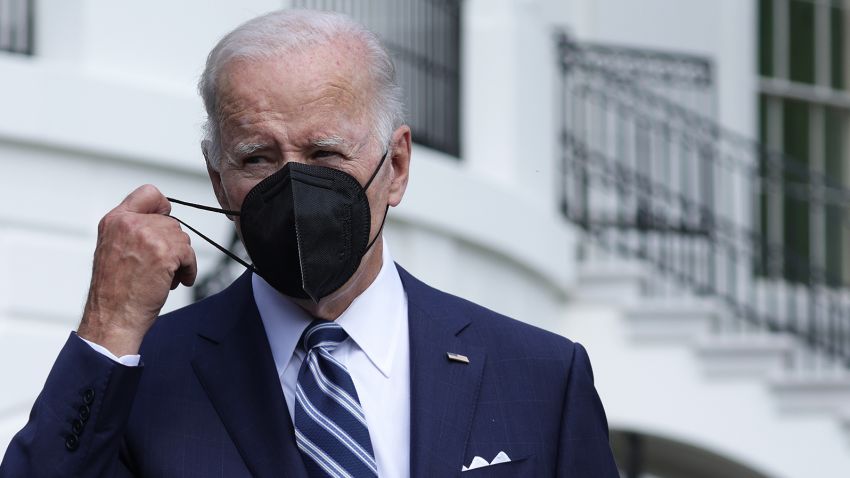Editor’s Note: Kent Sepkowitz is a physician and infectious disease expert at Memorial Sloan Kettering Cancer Center in New York. The views expressed in this commentary are his own. View more opinion on CNN.
America’s resident naysayers, active throughout the Covid-19 pandemic, seem to think doctors have missed the boat again. Just when we arrived at a quieter moment in the pandemic (or perhaps not as winter nears), a review paper in a medical journal says Paxlovid, the antiviral shown to prevent severe outcomes in people 65 and older, has potentially dangerous interactions with other medications.

The authors, a leading group of specialists, have inspired a series of articles in the lay press warning of problems created by taking Paxlovid at the same time as a long list of medications for heart conditions or blood clots.
But issues with Paxlovid are anything but new. Indeed, the authors reference one of the many articles available since December (when the drug received emergency use authorization) that detail these very same interactions. (The guidelines on interactions came from Pfizer, the US Food and Drug Administration, the National Institutes of Health, the US Centers for Disease Control and Prevention, and other experts.)
In these documents, medications are grouped into well-defined categories: drugs with no relevant Paxlovid interactions, drugs that cannot be given with Paxlovid because of interactions, and drugs that can be adjusted and monitored closely but still given with Paxlovid. I have frequently emailed these facts to people considering whether to initiate treatment with Paxlovid and find them among the most useful pieces of information produced during the pandemic.
The reason for concern is quite real: Those who benefit from Paxlovid the most — older adults — are the very same people who frequently take heart and blood-thinning medications. When I took Paxlovid in April, I knew to stop a cardiac medication that prevents me from veering into atrial fibrillation, a common heart rhythm disturbance. But once off the rhythm-calming drug, I promptly fell back into the unpleasant and potentially dangerous abnormal rhythm — just another example of the never-any-free-lunch M.O. that clouds all medical advances. On resumption of my cardiac medication post-Paxlovid (as recommended), my heart rhythm returned to its regular beat.
What is alarming, at least to me, is the tone of some news articles that suggest the problem is new and has somehow been overlooked until now — rather than as a “Review Topic of the Week,” as the medical journal categorizes it. In medical journal parlance, a “review” denotes a roundup of existing work synthesized into a readable whole. It’s certainly not anything new or edgy.
Yet the implication seems to be that somehow the experts have exposed the unwitting world to another of their mistakes — more boneheaded, uncaring care. That view appears to describe far too much of the critiques of the pandemic response. Conventional wisdom seems to be that the CDC blew it, that maybe all those boosters were an overreaction and that children were needlessly harmed by lifesaving lockdowns.
My assessment of the pandemic is that we were blindsided by an unprecedented catastrophe, which was met with an imperfect, politically poisoned, but ultimately effective set of interventions that saved millions of lives. It remains uncertain whether we will maintain some control of the pandemic.
This is not simple quibbling. Rather the endless “should have done this, not that” opinions may have a long-term and damaging effect as the Covid-19 pandemic begins to harden into history. Right now, some seem to insist that public health officials are dimwitted bozos. Such a view, if it is carved into the history of the Covid-19 experience, will become problematic when the next pandemic presents itself and sends the future experts to examine the lessons of the great Covid-19 pandemic of 2020 to 2022.
This rush to the history books is what many current experts did in the early days of Covid-19, seeking to learn the lessons, if any, from the 1918 flu pandemic. They found that contemporaneous articles as well as the more recent historical reviews told more or less the same story: clear demonstrations that the then-current tools, including only masks and other nonpharmaceutical interventions, were effective when adopted but also that such steps were unpopular and therefore used only halfheartedly, compromising their effectiveness.
We have seen such reactions throughout the Covid-19 pandemic as guidelines changed in response to new facts or harsh public criticism, making the CDC and others look like clueless sticks in the mud.
Then as now, people hated rules, rule makers and those who would try to impose simple, commonsense measures designed to minimize devastation. In 1918 and once again during the Covid-19 pandemic, the urgencies of creature conveniences for harried lives and hurried people were too strong to reason with. Effective medications such as Paxlovid can make management much easier but can never address the core issue.
So, to those who may be reading this in the 22nd century, hoping to find a way to convince your comrades to behave in a socially responsible direction as Covid-63 rips through your temperate resin bunkers and stilted ocean homes, we say this: Yes, there is well-demonstrated evidence on what to do — but learning about it is not likely to help.
Rather, our collective message relies on one of the few effective and non-reviled public health messages to date: Only you can prevent the next pandemic.






